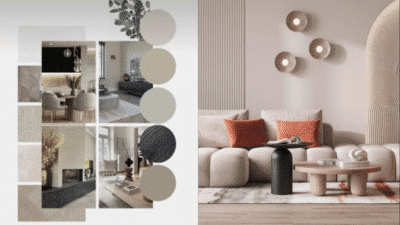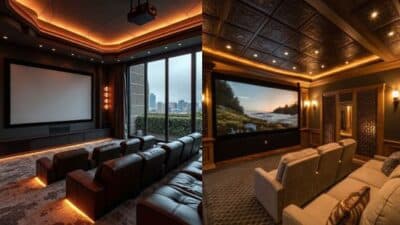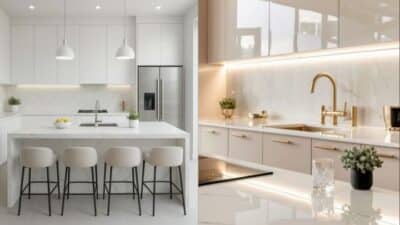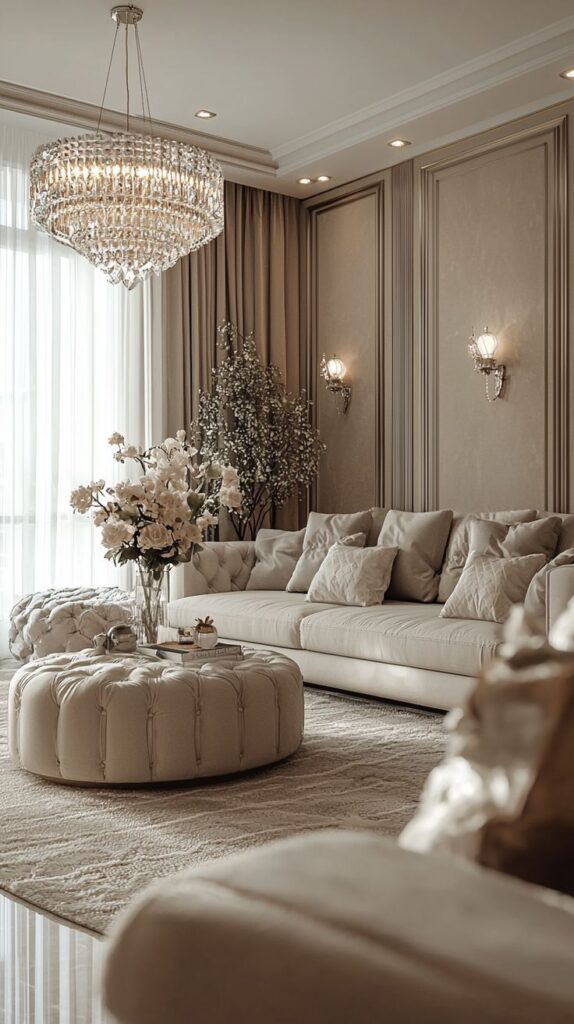
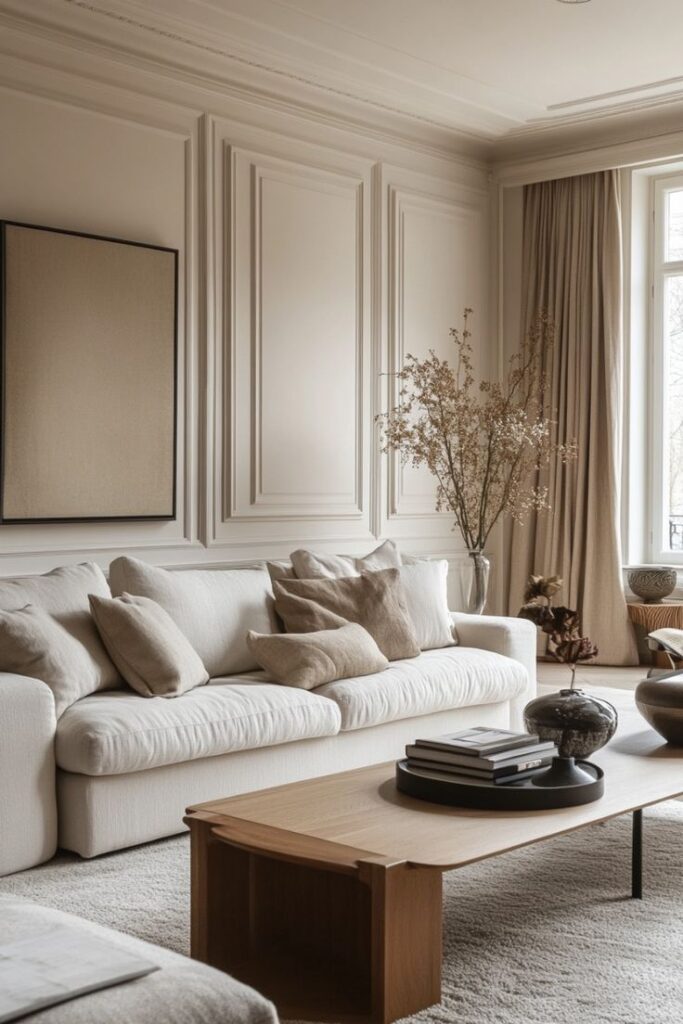
Choosing the right Pantone colors for a living room can change the entire feel of the space. Pantone colors help make a room feel cozy, stylish, and balanced by providing a clear and trusted color guide. These colors can guide decisions on walls, furniture, and décor to create a cohesive look.
People often look to Pantone for fresh and popular color choices that reflect current trends or timeless shades. Using Pantone colors makes it easier to mix and match different elements without clashing. This approach can also help highlight personal style while keeping the room visually appealing.
Knowing which Pantone colors work best for living rooms allows for better design choices. It also makes the process of choosing paint, fabrics, and accessories simpler. Understanding these colors helps maintain a well-designed space that looks inviting and comfortable.
Key Takeways
- Pantone colors provide a reliable way to design a balanced living room.
- Following Pantone trends can keep the space modern and well-coordinated.
- Using Pantone guides simplifies selecting paint and décor materials.
Understanding Pantone Colors for Living Rooms
Pantone colors help homeowners pick shades that create harmony and balance in living rooms. They offer precise options for matching furniture, walls, and decor. Knowing the benefits and trends can guide smart color choices.
What Are Pantone Colors
Pantone colors are standardized shades created by the Pantone Color Institute. Each color has a unique code that designers and manufacturers use worldwide. This system ensures exact color matching across different materials and brands.
For living rooms, Pantone colors provide reliable references. This means paint, fabric, and accessories can all share the same tone without guessing or mismatching. It simplifies decorating and refreshing rooms without surprises.
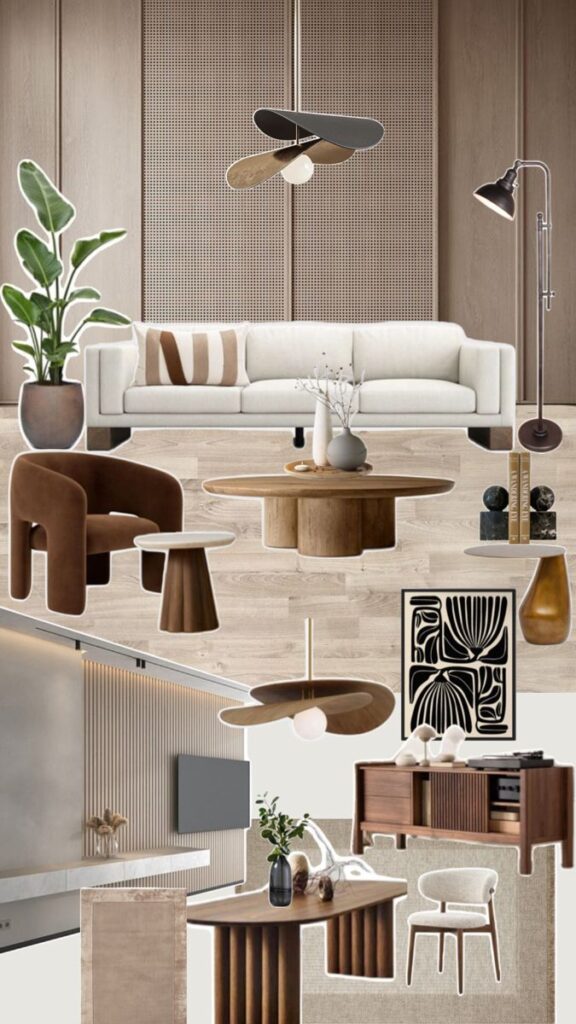
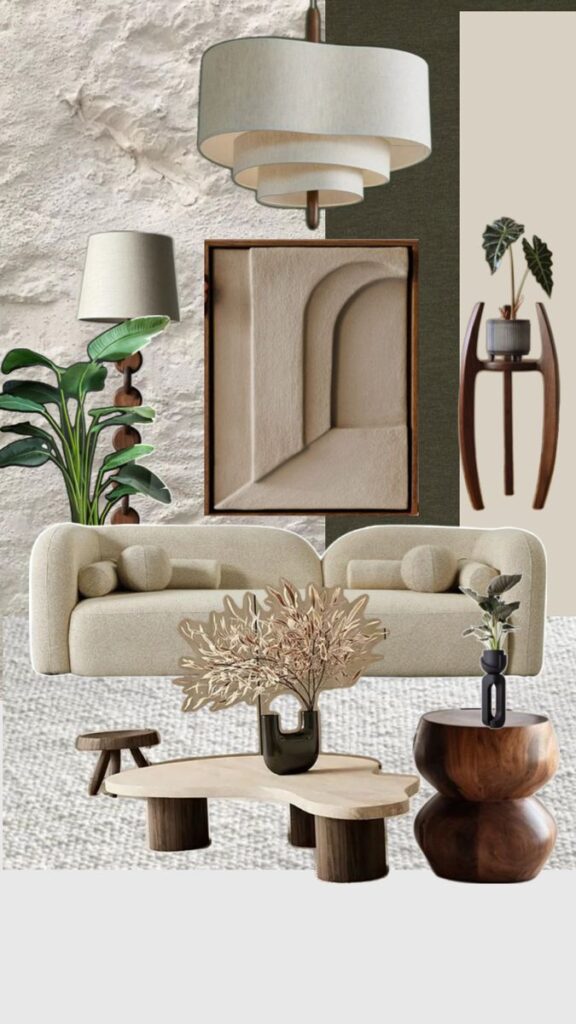
Benefits of Using Pantone in Home Design
Using Pantone colors in home design brings consistency and accuracy. Homeowners can confidently select paint and decor that fit together. This reduces waste and saves time during decorating.
Pantone colors also make communication easier with professionals. Interior designers, painters, and suppliers can all understand exactly which color is meant. This avoids confusion and costly mistakes.
Additionally, Pantone offers a wide range of colors. From calming neutrals to bold accents, there is a Pantone shade for every style. This variety supports creative and personalized living room designs.
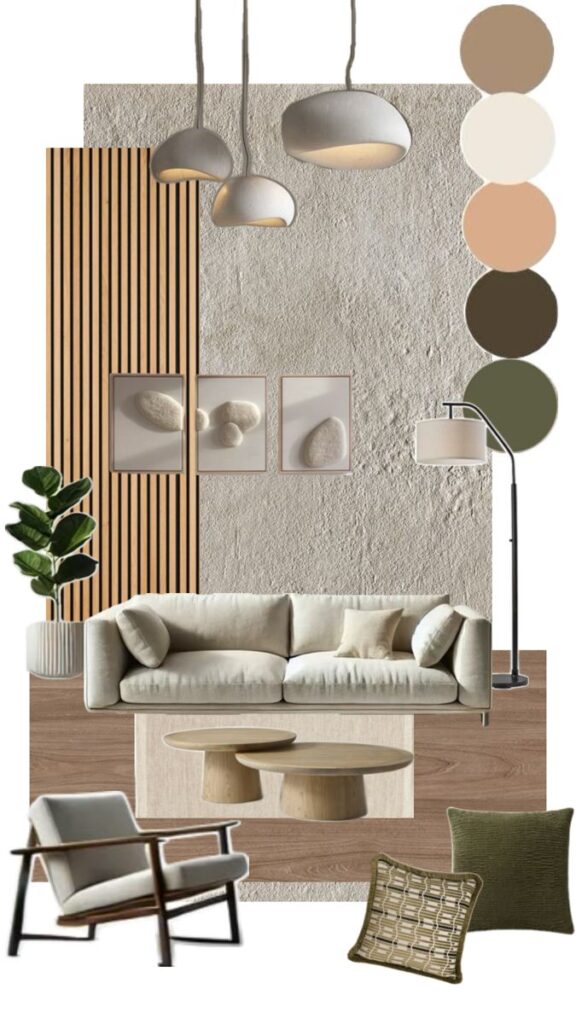
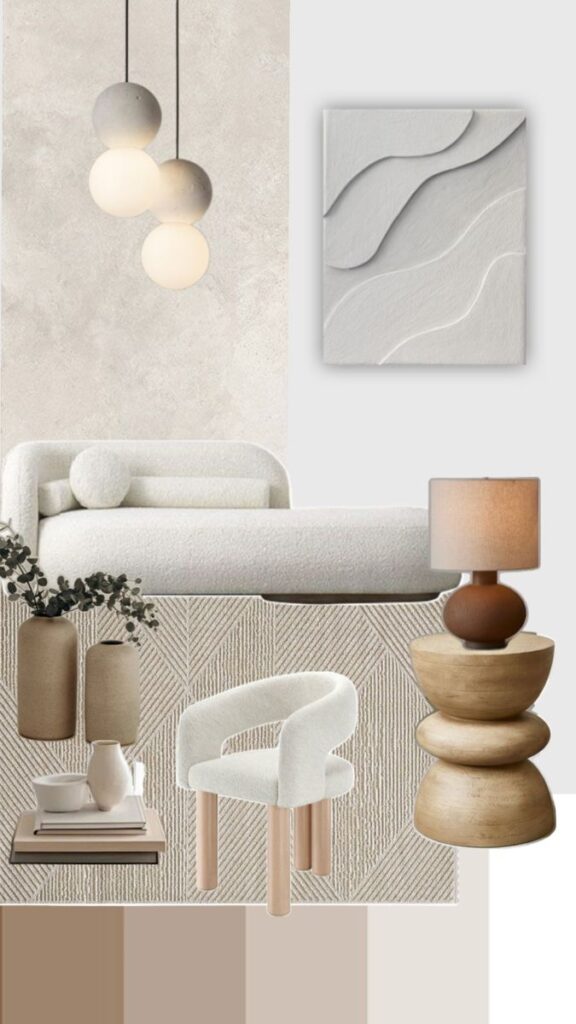
Pantone Trends in Interior Spaces
Pantone releases new colors and trends yearly that influence interior design. Currently, earthy tones like clay, olive green, and warm beige are popular for living rooms. These hues add natural warmth and comfort.
Another trend involves combining muted pastels with bright accents. This mix brightens spaces while keeping a calm atmosphere. It works well in both modern and traditional living rooms.
Designers also use Pantone’s Color of the Year as a trend guide. Incorporating this shade in furniture or accessories keeps the living room stylish and current.
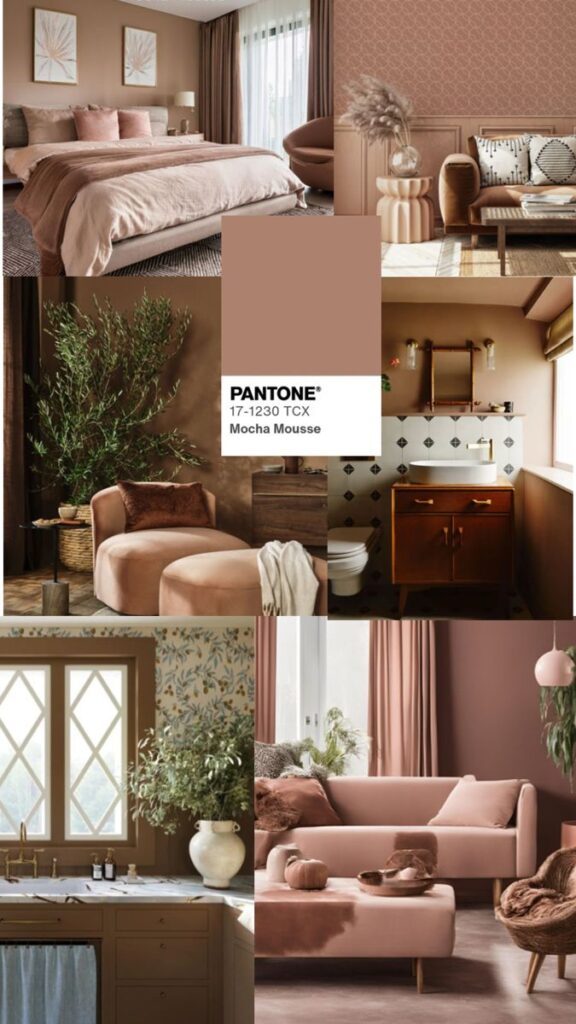
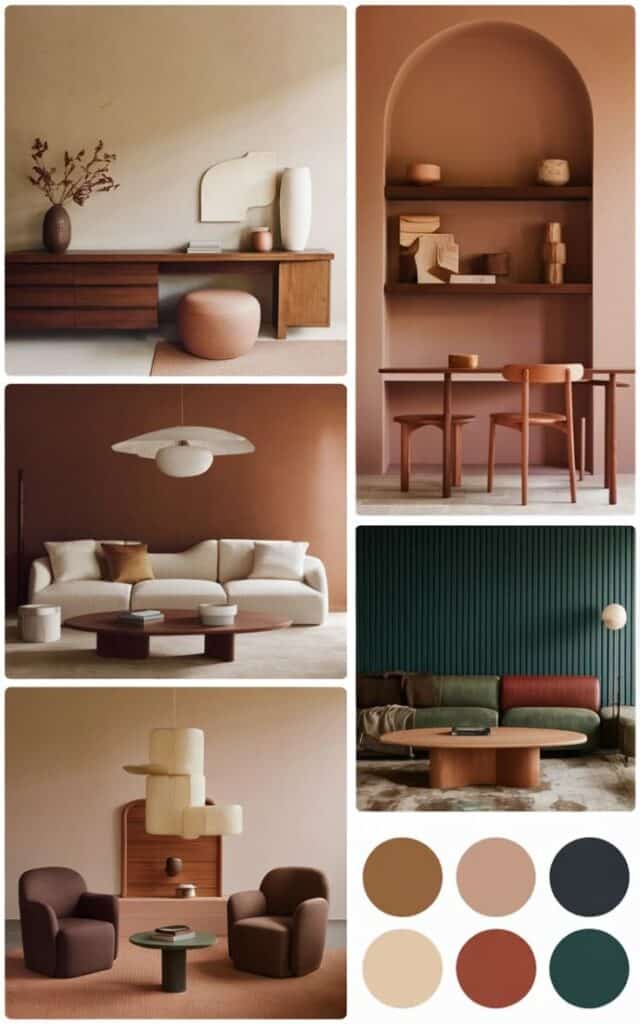
Choosing the Right Pantone Colors for Your Living Room
Selecting the best Pantone colors means thinking about the existing style, space, and light in the living room. The right shades can change how the room feels and interacts with furniture and natural light.
Determining Your Living Room’s Color Palette
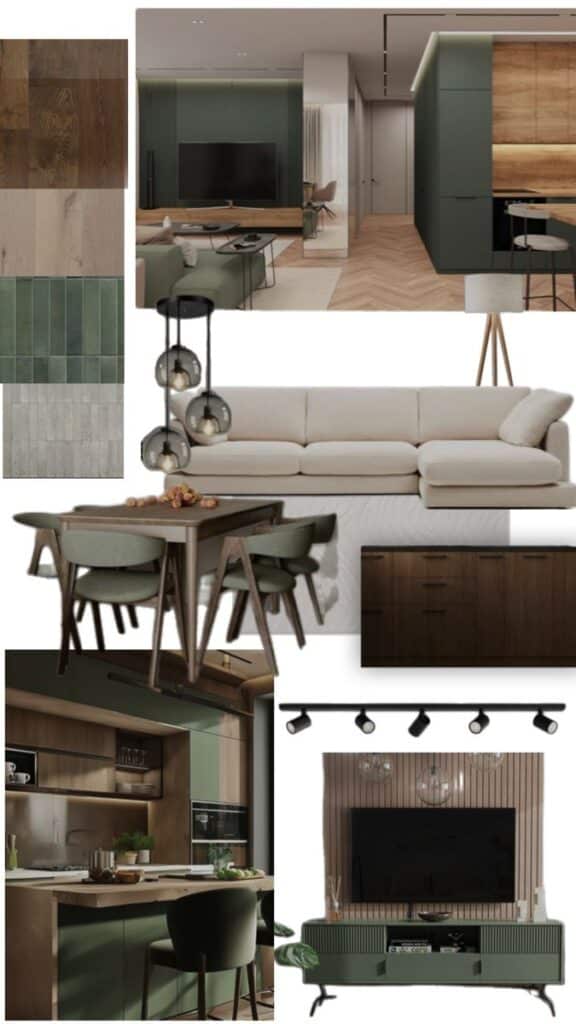
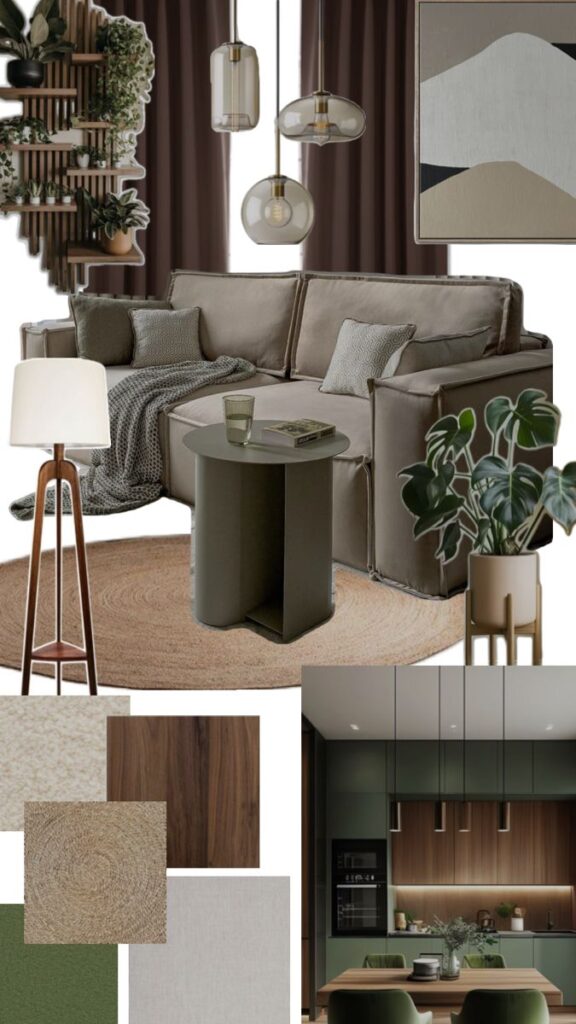
Start by looking at the room’s main features, such as walls, floors, and fixed furniture pieces. These will guide which Pantone colors fit well.
Choose a base color for large areas like walls. It should set the room’s overall mood. Add one or two accent colors for smaller elements like cushions or lamps.
Using a color wheel can help find matching or contrasting Pantone tones. For example, soft cool grays match well with warmer earth tones. This balance creates harmony in the space.
Pantone Colors That Enhance Space and Light
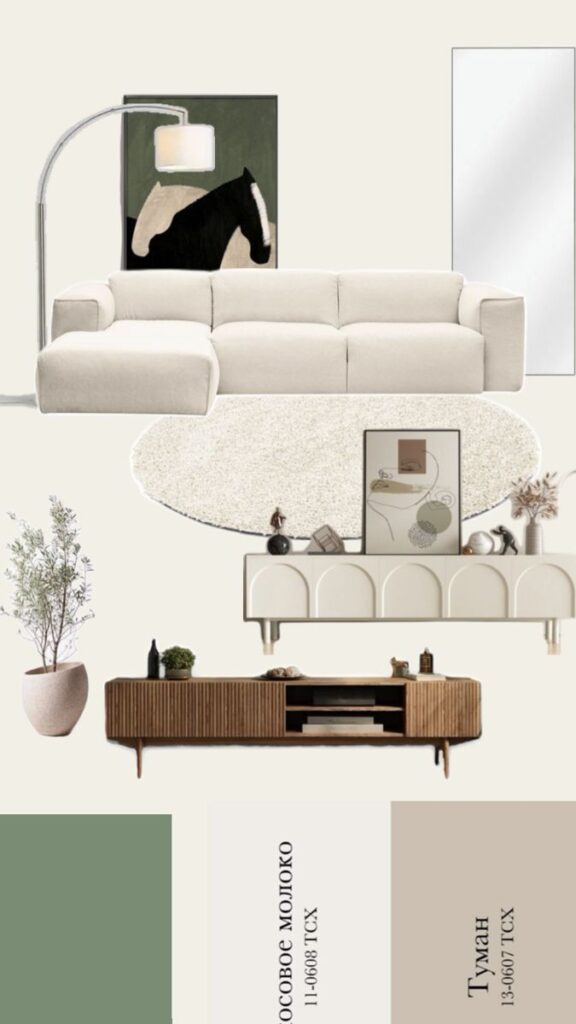
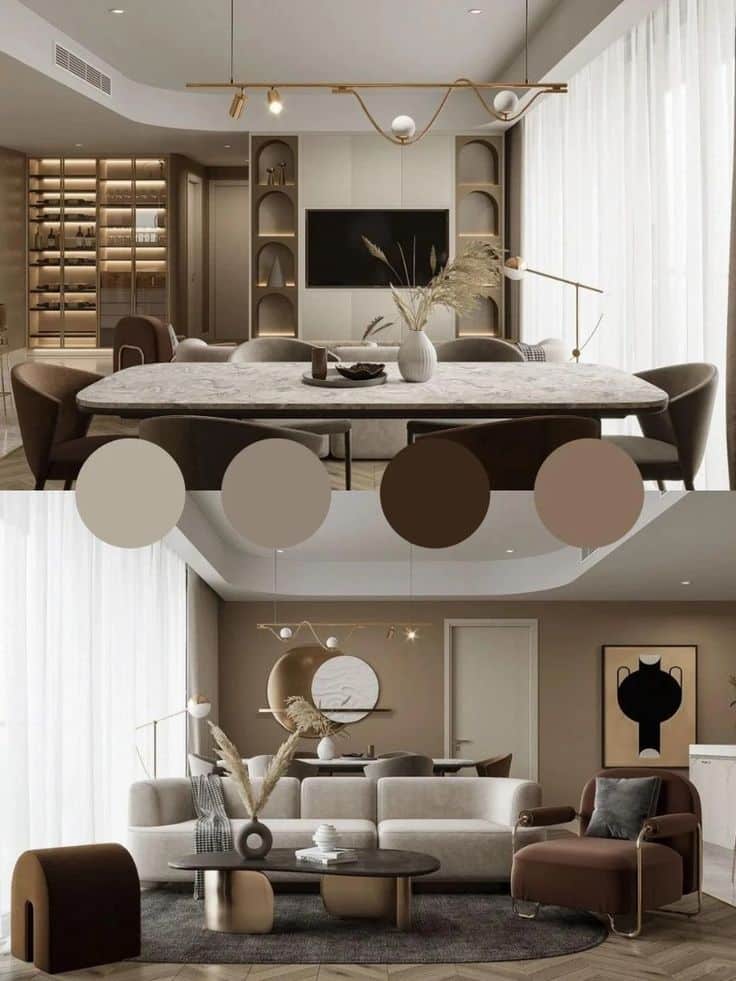
Light plays a big role in how colors appear. Bright rooms can handle cooler and darker Pantone shades because natural light balances the tone.
In rooms with little natural light, lighter Pantone colors such as soft whites, pale blues, or creamy yellows work better. These shades help reflect light and make the space feel bigger.
Consider using matte finishes for walls with darker Pantone colors. This reduces glare and creates a cozy feel without overwhelming the room.
Complementing Existing Furnishings
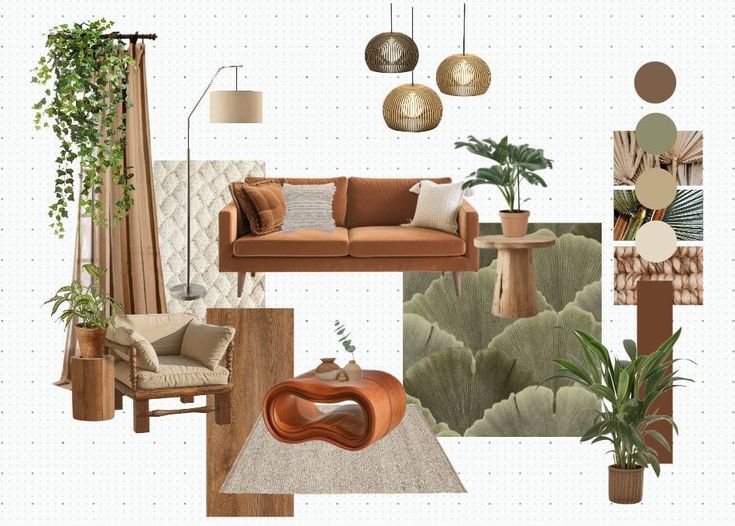
Pantone colors should coordinate with the furniture style and colors already present.
If the furniture is neutral like beige or gray, try stronger accent colors such as deep blues or muted greens. This adds visual interest without clashing.
For rooms with bold furniture colors, softer Pantone tones can balance the design. Shades like blush pink or light taupe provide calm without competing.
Using Pantone color samples near the furniture helps ensure the shades work well together in natural and artificial lighting.
Selecting Colors for Different Room Sizes
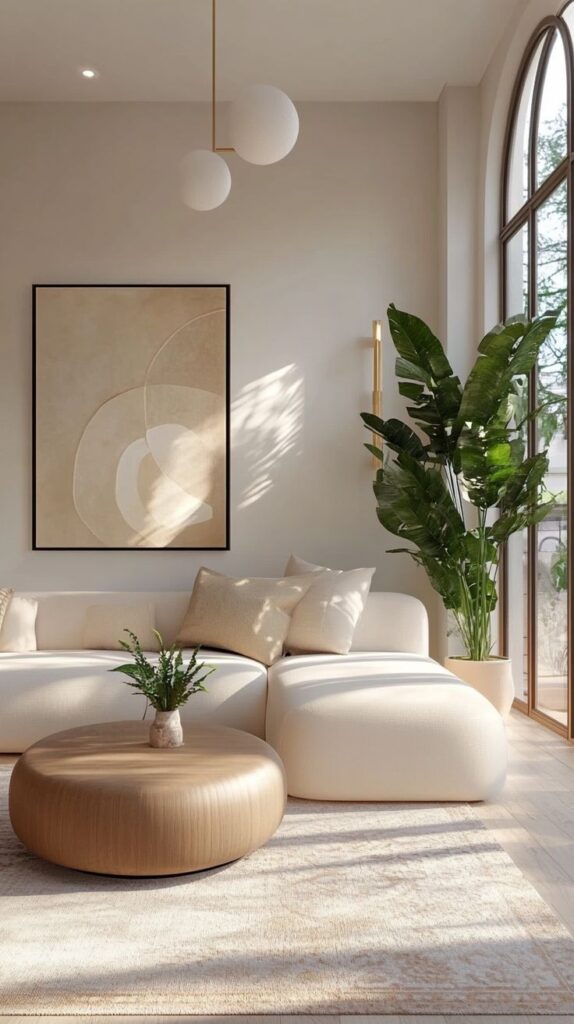
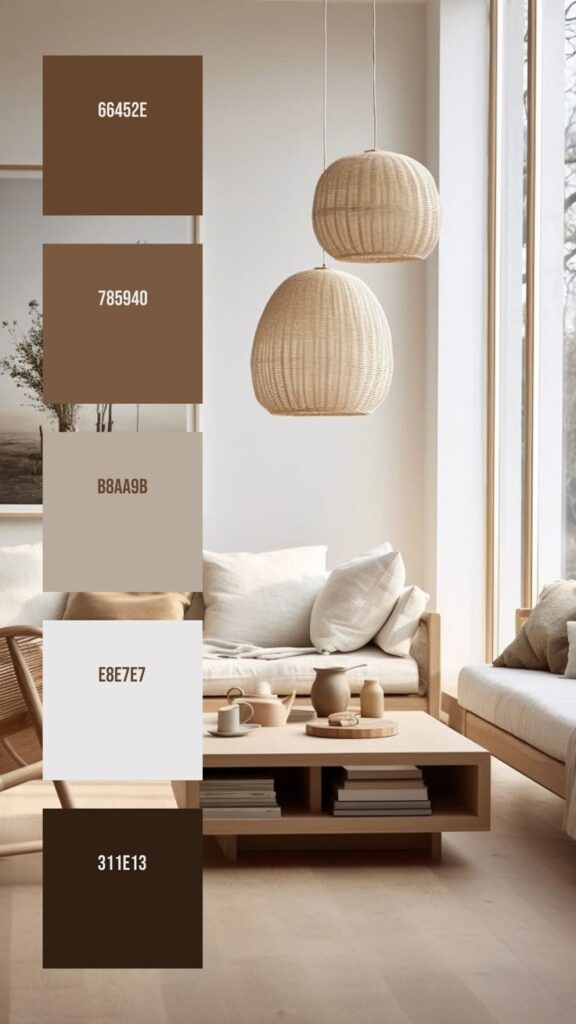
Small living rooms benefit from lighter Pantone colors. Shades like Pale Dogwood (Pantone 13-1404) or Misty Blue (Pantone 16-4120) open up the space visually.
In larger living rooms, deeper and richer Pantone colors like Marsala (Pantone 18-1438) or Forest Biome (Pantone 19-6311) create warmth and a sense of intimacy.
Try combining multiple Pantone colors to divide the room into zones. For example, an accent wall in a dark tone with lighter surrounding walls adds depth without shrinking the room.
Popular Pantone Color Palettes for Living Rooms
Living rooms can be styled with a variety of color palettes to set the right mood and atmosphere. Some palettes focus on soft neutrals, while others use bright colors or calming tones. Warm earth tones also create inviting and cozy spaces.
Modern Neutrals
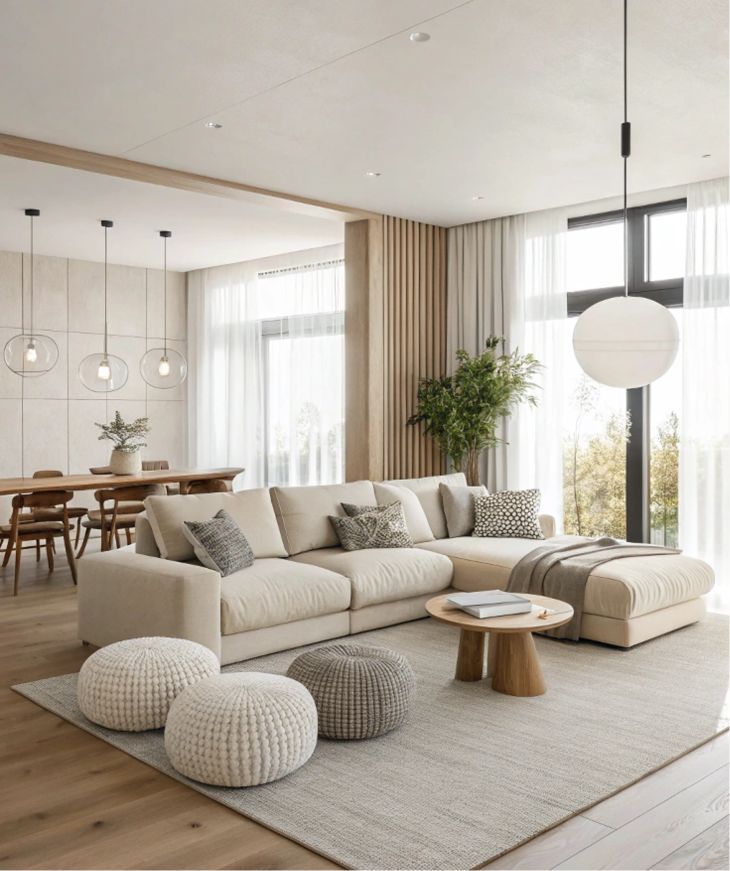
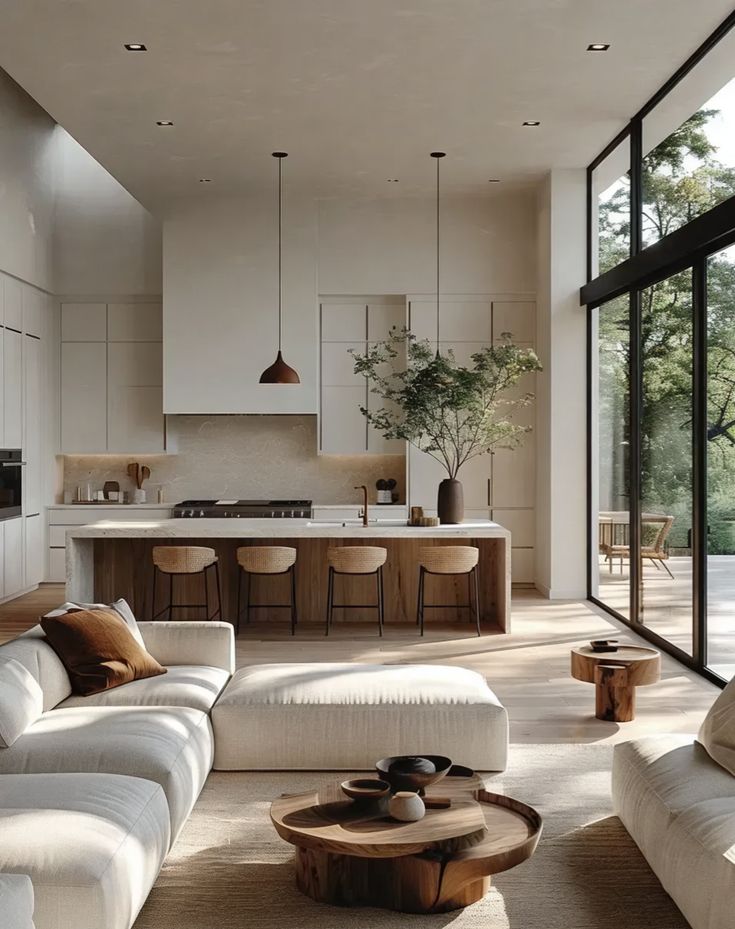
Modern neutral palettes often include shades like Pantone Warm Gray, Pale Silver, and Soft Ivory. These colors create a clean, sleek look that works well in minimalist or contemporary spaces.
Using different shades of gray and beige can add depth without overwhelming the room. Textured fabrics and natural materials like wood help prevent the space from feeling cold.
White accents, such as trims or furniture, pair well with neutral walls to brighten the room. This palette is flexible and can be combined with other colors for small pops of contrast.
Bold and Vibrant Selections
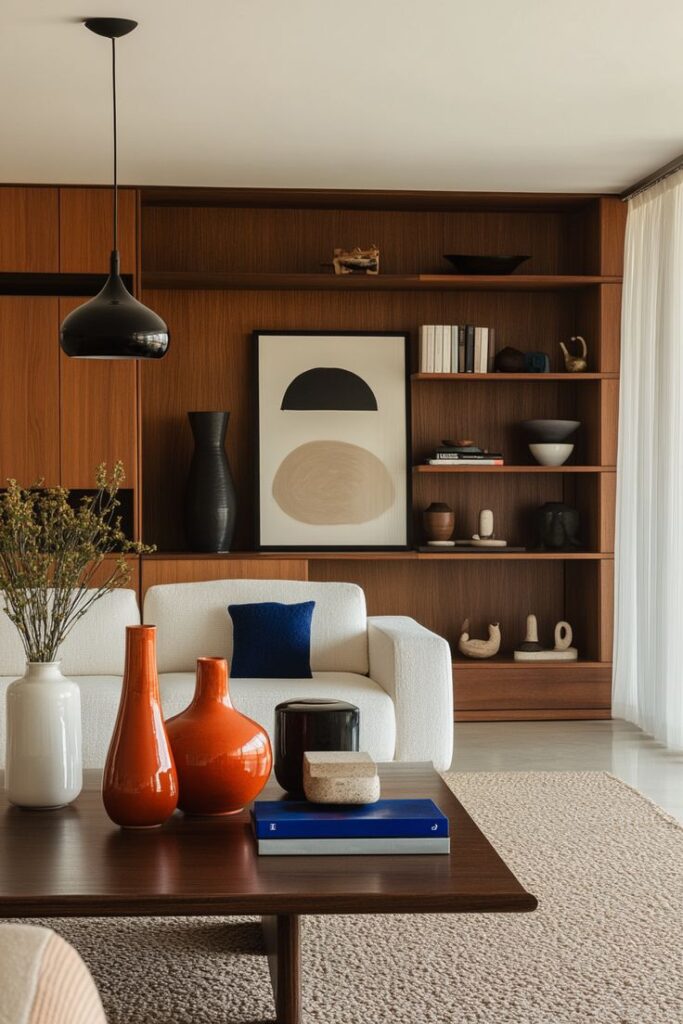
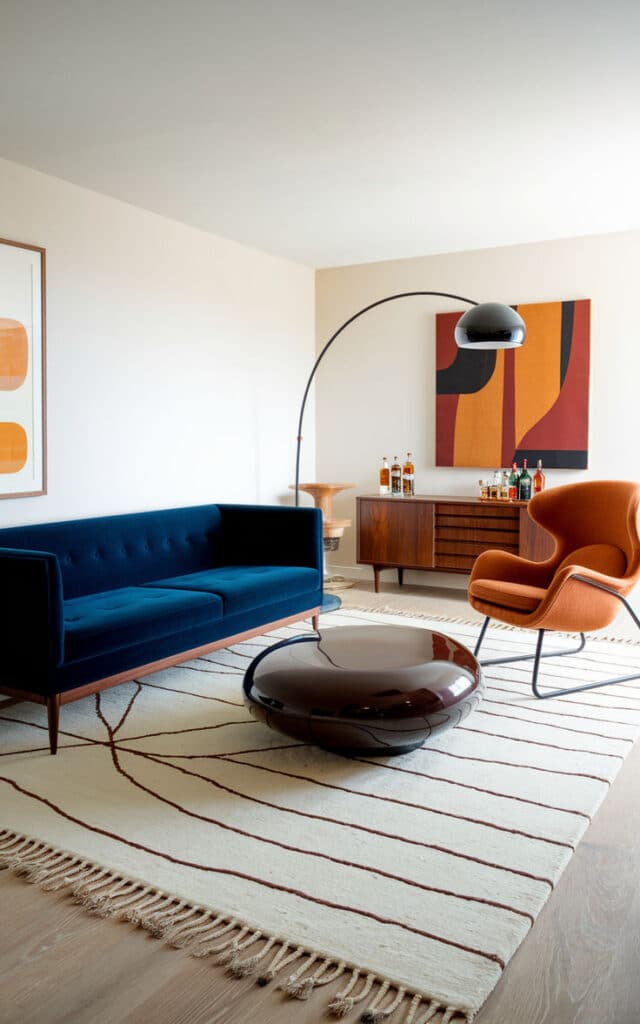
Bold palettes feature bright Pantone colors like Fiery Red, Citrus Orange, and Lime Green. These hues bring energy and personality to living rooms.
They work best in spaces needing vibrancy or focal areas. For example, a bright orange sofa can stand out against neutral walls.
When using bold colors, balance them by keeping other elements simple. Limit bold colors to one or two main pieces and use muted tones for the rest of the room to avoid visual chaos.
Calming Blues and Greens
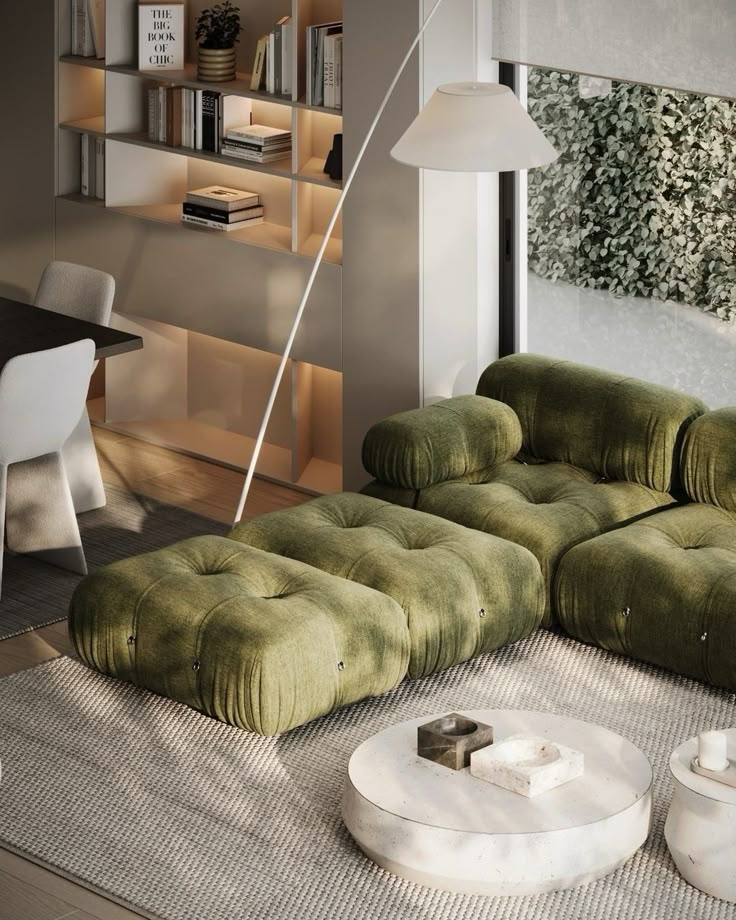
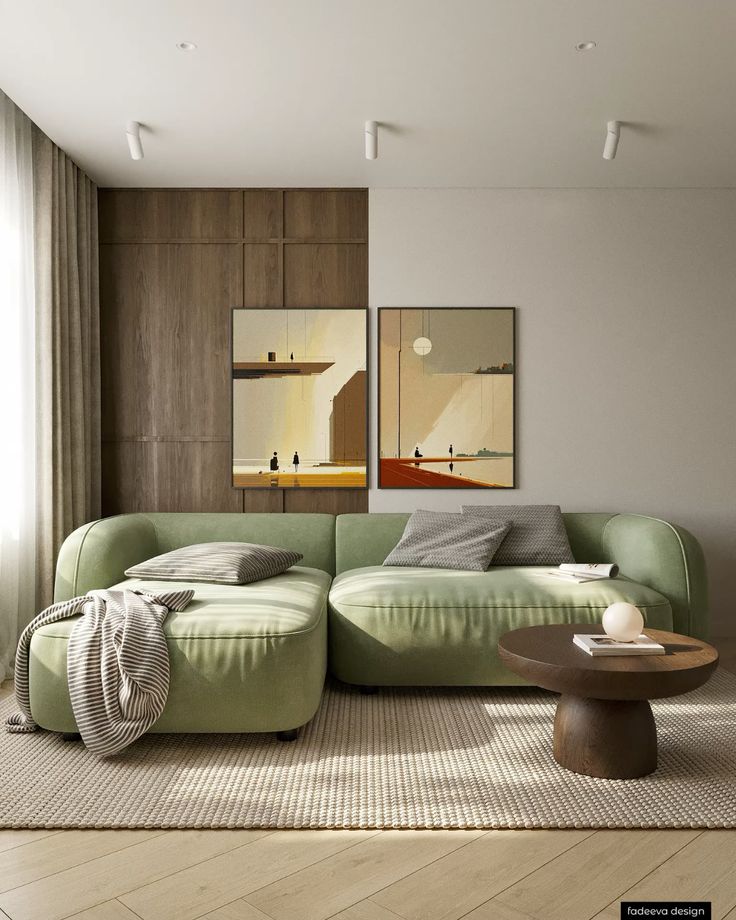
Blues and greens like Serenity Blue, Mint, and Sage create peaceful environments. These colors tend to reduce stress and encourage relaxation.
A soft blue wall with green accents in pillows or rugs is popular. These shades pair well with natural light and wooden furniture.
Using cooler tones gives the room a fresh, airy feeling. Combining different blue and green shades adds variety while keeping the space calm.
Warm Earth Tones
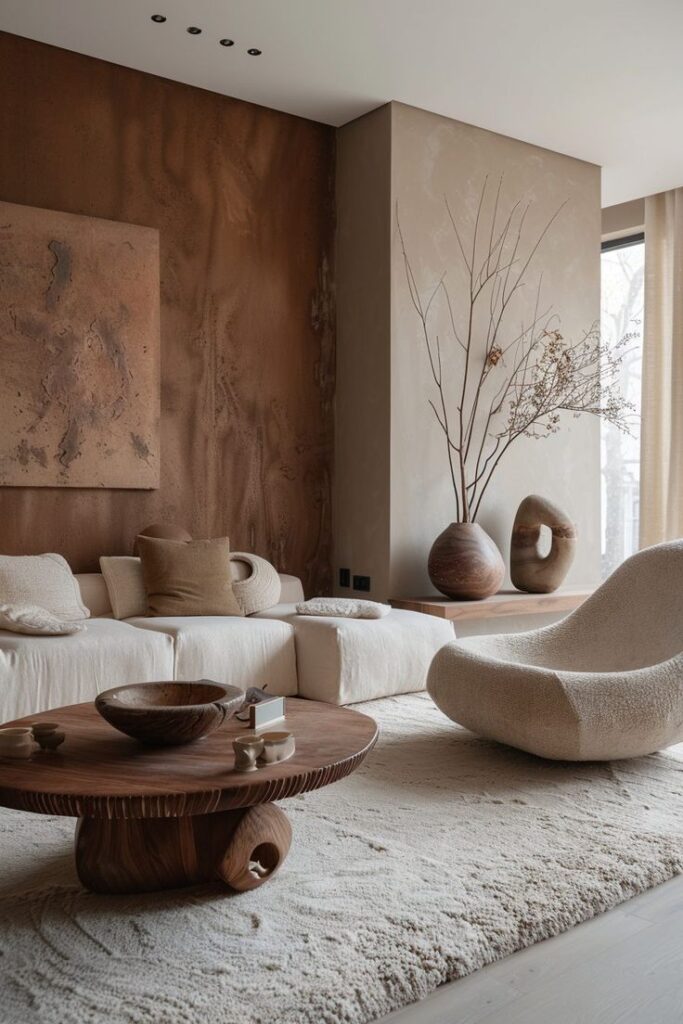
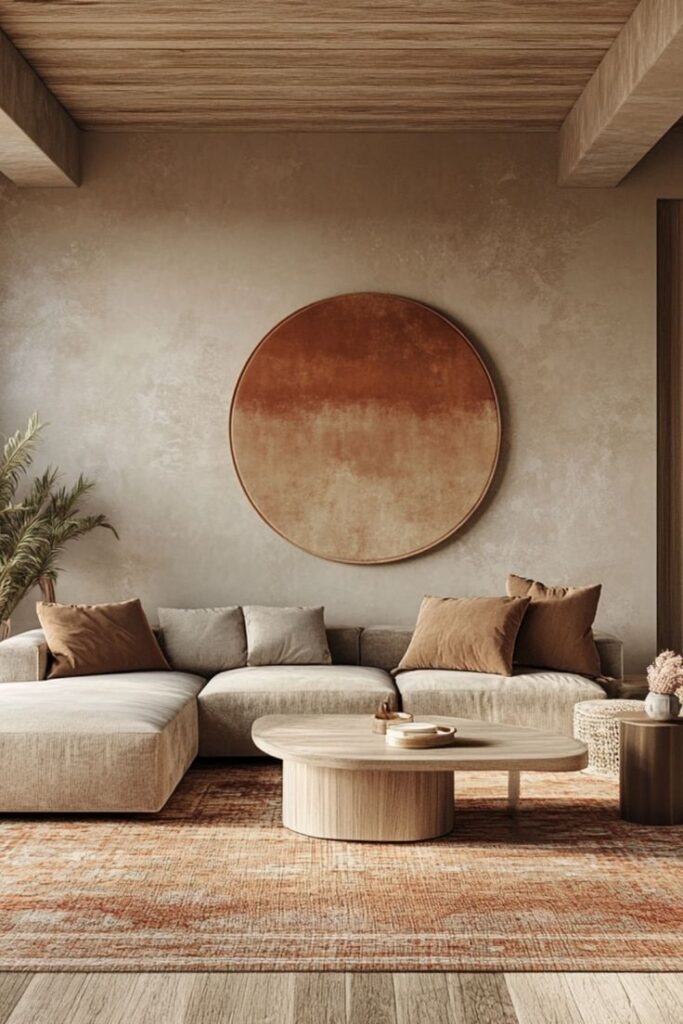
Earth tones use Pantone colors such as Terracotta, Mustard Yellow, and Olive Green. These rich hues bring warmth and comfort to living rooms.
They work well with rustic or traditional styles. Earth tones feel inviting and create a grounded space.
Mixing these colors with soft creams or light browns keeps the palette balanced. Adding natural textures like leather or woven fabrics enhances the warm feel.
Incorporating Pantone Colors into Living Room Design
Using Pantone colors in a living room involves choosing the right place to apply the color, such as walls, furniture, or smaller decorative items. Balancing bold shades with softer tones helps create a space that feels both stylish and comfortable.
Accent Walls with Pantone Shades
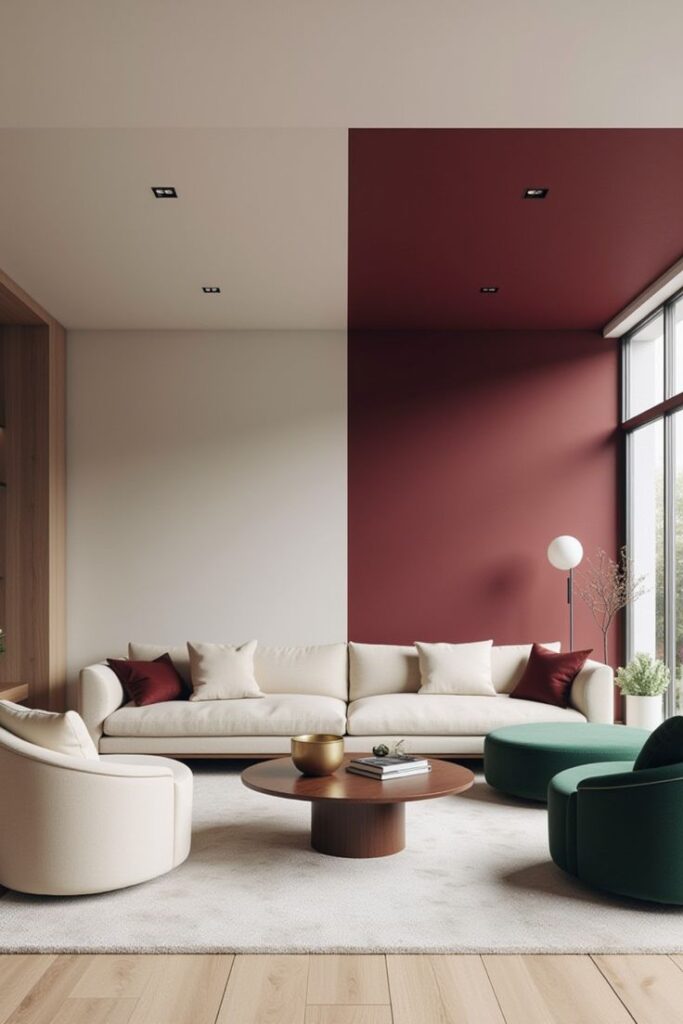
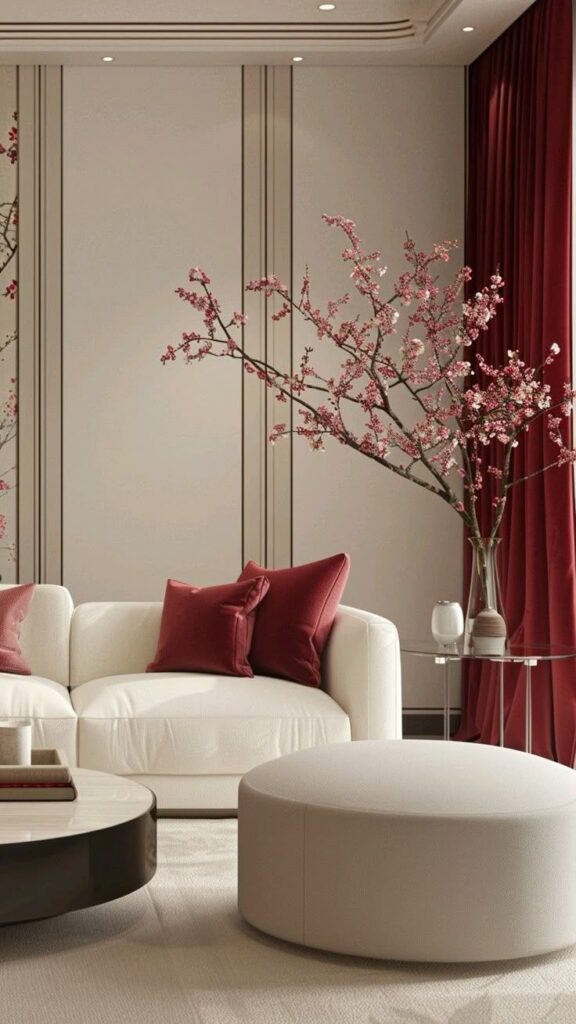
An accent wall painted with a Pantone color can add depth and interest. Popular choices include Classic Blue or Softer Pastels like Pantone 13-1520 Rose Quartz. These colors work well behind a sofa or fireplace to draw focus.
When picking a color, consider the room’s natural lighting. Darker Pantone shades may work better in large, bright rooms, while lighter colors suit smaller or dimmer spaces.
Applying Pantone on just one wall prevents the space from feeling overwhelming. Pairing the accent wall with neutral shades like gray or beige helps maintain balance.
Pantone Colors for Furniture
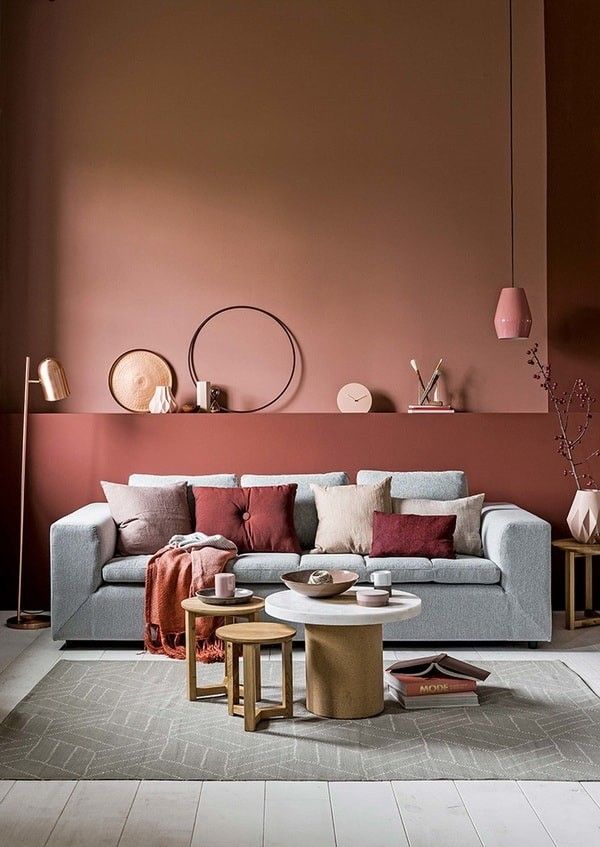
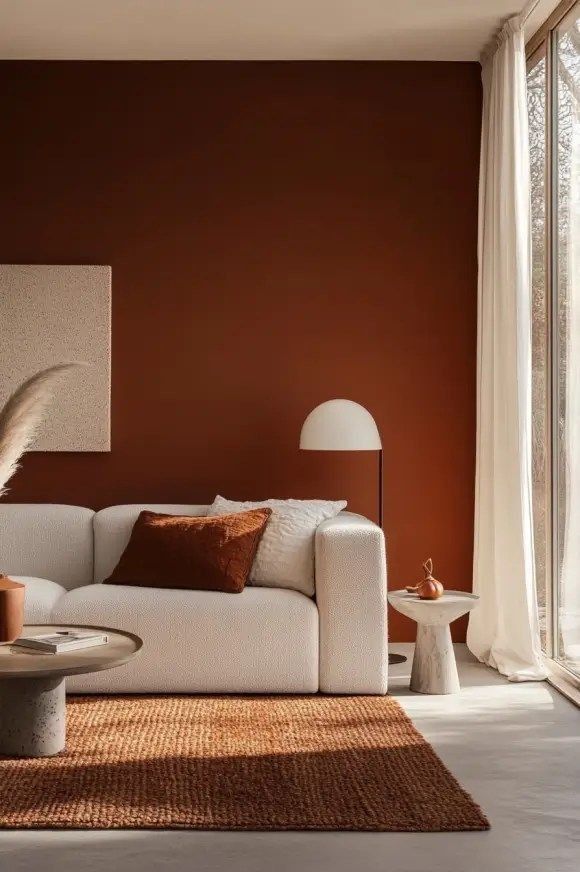
Using Pantone colors on furniture can make pieces stand out as focal points. Chairs, sofas, or ottomans in Living Coral (Pantone 16-1546) or Greenery (Pantone 15-0343) bring life to the room.
Furniture with Pantone colors should complement the wall and floor colors. It’s best to pick one or two key pieces to avoid a cluttered look.
Materials like velvet, linen, or leather can change how the Pantone color appears, so testing fabric swatches in the actual room light is important.
Coordinating Decor and Accessories
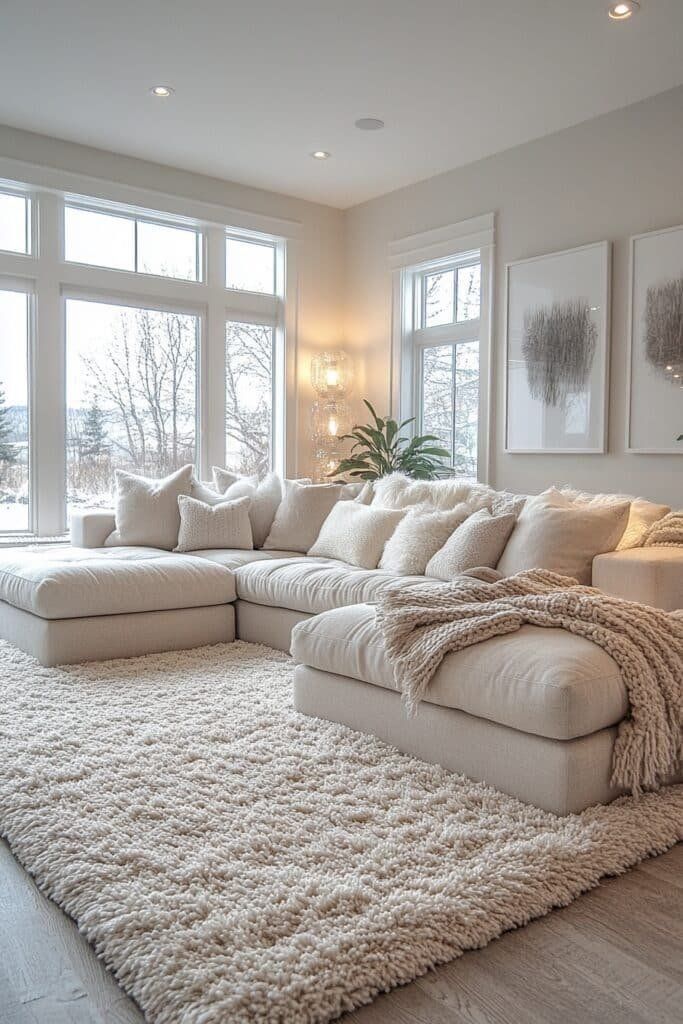
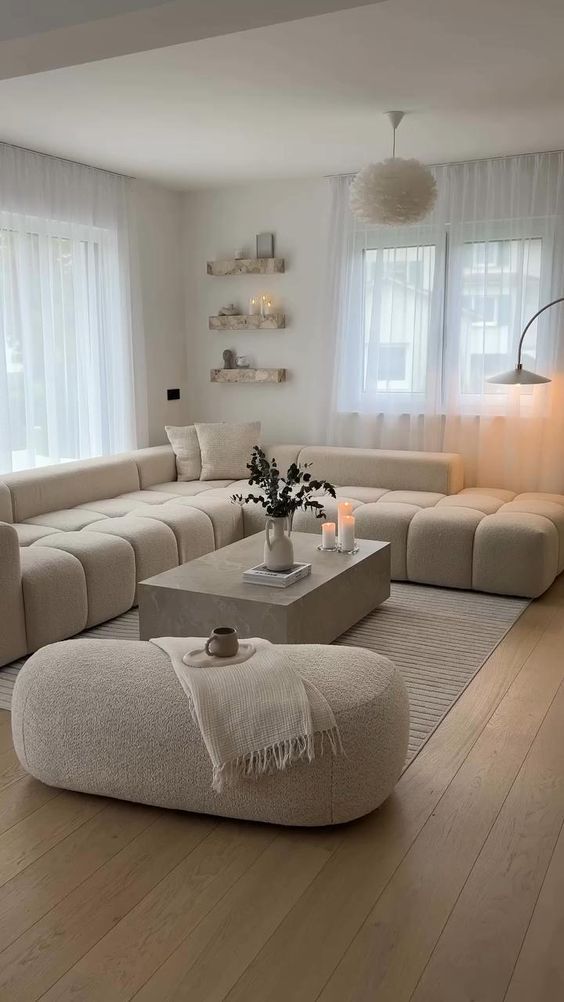
Decorative items like cushions, rugs, and artwork offer flexible ways to introduce Pantone colors without large commitments. Choosing accessories in Pantone’s Neutral or Earth Tones helps tie the room together while adding subtle color pops.
Layering colors works well—pairing a bright Pantone shade with soft, muted hues creates harmony. For example, cushions in Pantone Terracotta can warm up a room with cooler wall colors.
Use metallic accents, like gold or chrome, sparingly to enhance Pantone colors and add a polished finish to the living room design.
Pantone Color of the Year in Living Room Decor
The Pantone Color of the Year influences living room styles with fresh and popular shades. Designers use these colors for walls, furniture, and accessories. This helps create modern and stylish spaces that feel up-to-date.
Integrating the Latest Pantone Color
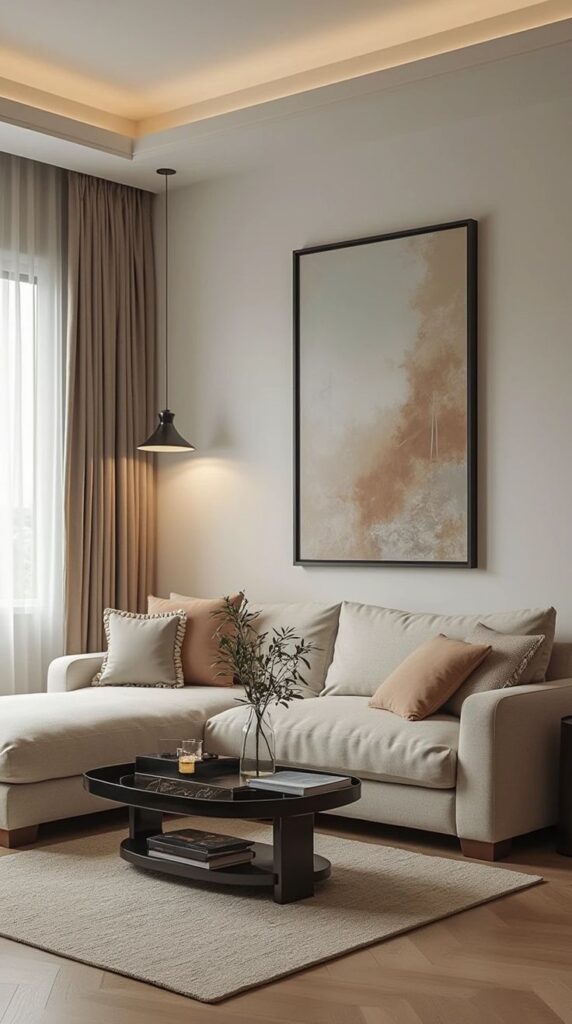
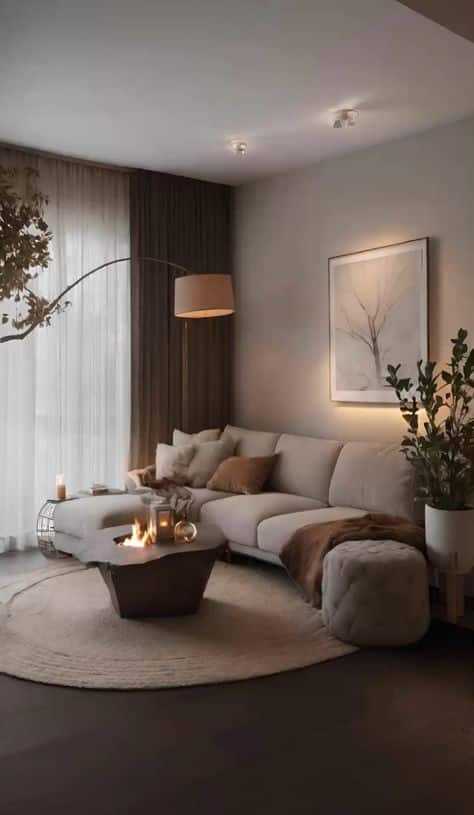
Using the latest Pantone Color of the Year in a living room creates an immediate trend boost. This color can be added through accent walls, throw pillows, rugs, or art pieces. It should complement existing colors, not overpower them.
For example, if the color is a soft green, it pairs well with natural wood tones and white. Larger items like sofas or curtains can work if the color is subtle and calming. Using this color in smaller doses is often easier for decorating.
This approach helps the living room feel current without needing a full makeover. It also reflects personal style while following design trends.
Past Pantone Colors of the Year in Living Rooms
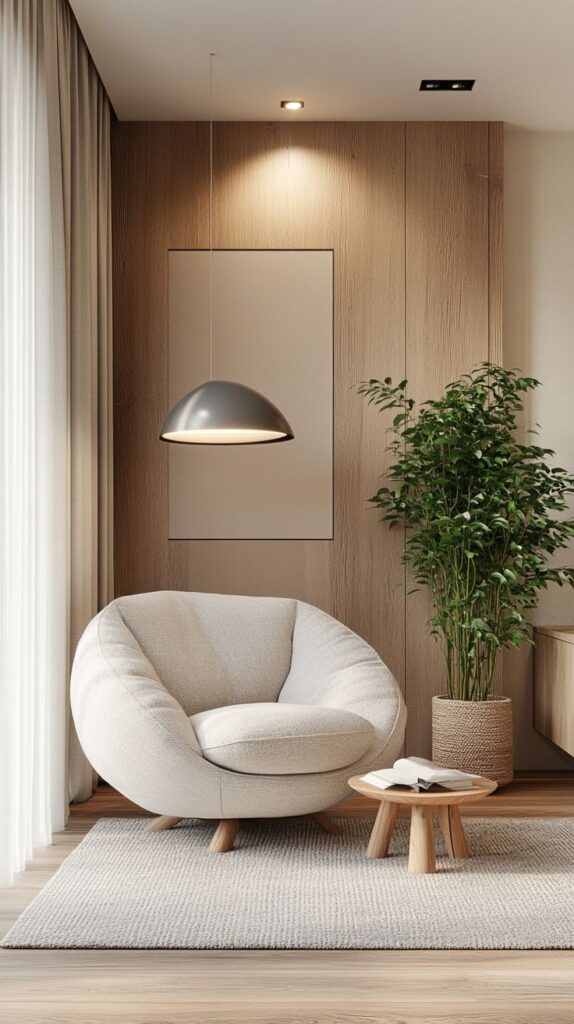
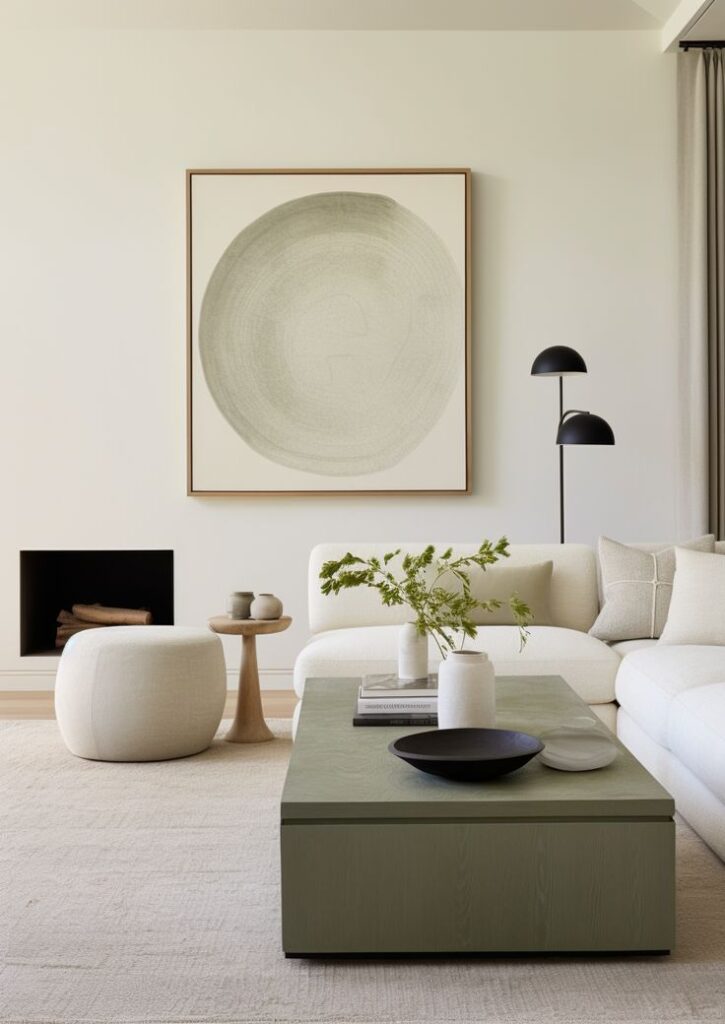
Previous Pantone Colors of the Year have shaped living room decor in distinct ways. For instance, Classic Blue encouraged calm and stable spaces, often appearing in couches and walls.
Living Coral brightened rooms with warmth and energy. It was popular in cushions, vases, and throw blankets to add life without heavy commitment.
Each past color brought a unique mood, such as neutrality with Ultra Violet or freshness with Greenery. These choices often acted as accent colors rather than the main theme, helping living rooms remain stylish yet flexible.
Tips for Achieving a Balanced Pantone-Inspired Living Room
A well-designed living room using Pantone colors relies on careful color pairing, thoughtful use of contrast, and proper lighting. These factors help maintain harmony and make the space visually interesting. Attention to detail in these areas ensures a cohesive and inviting environment.
Mixing Pantone Colors Effectively
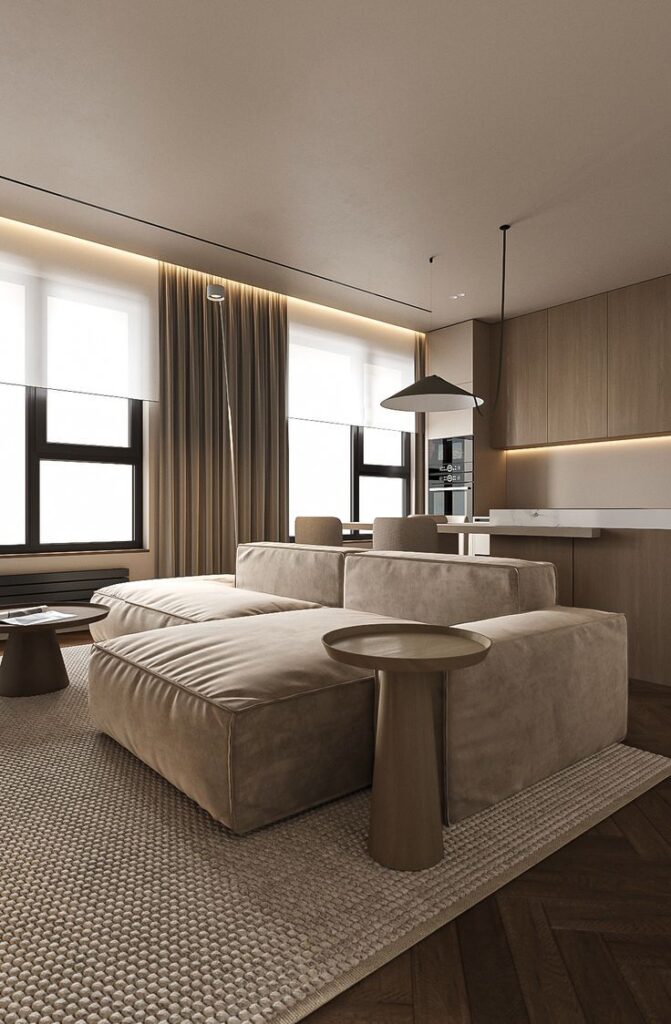
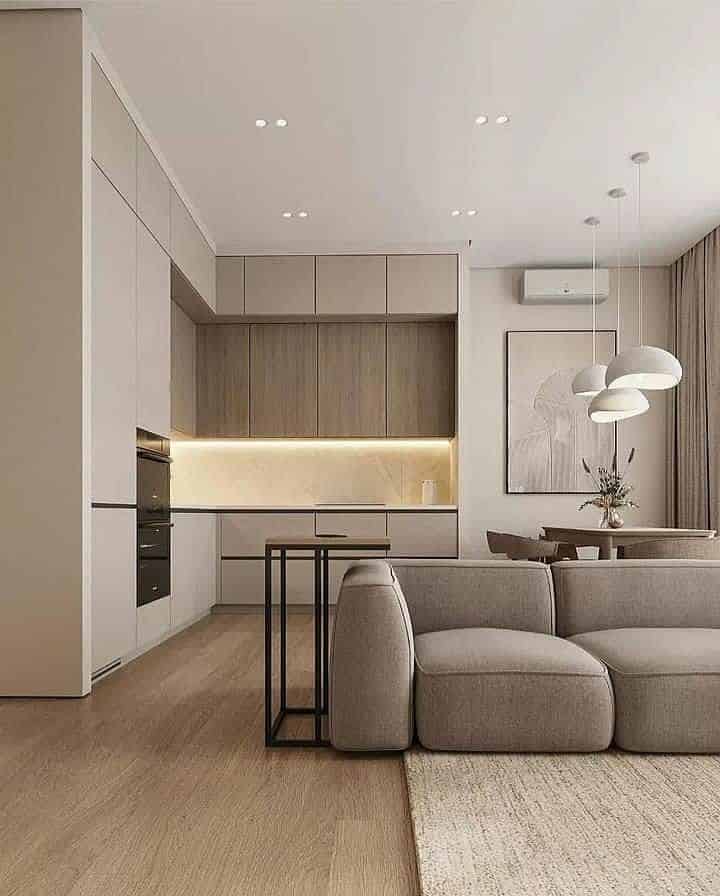
Mixing Pantone colors works best when one dominant color is supported by one or two accent shades. Start by choosing a base color for walls or large furniture pieces. Add accents through pillows, rugs, or artwork in complementary or analogous Pantone tones.
A useful trick is to pick colors from the same family, such as different blues or greens, to keep the room calm. For a bolder look, contrast warm and cool shades, like a deep orange with a soft teal. Avoid using too many bright colors at once; this can make the space feel cluttered.
Creating Contrast and Depth
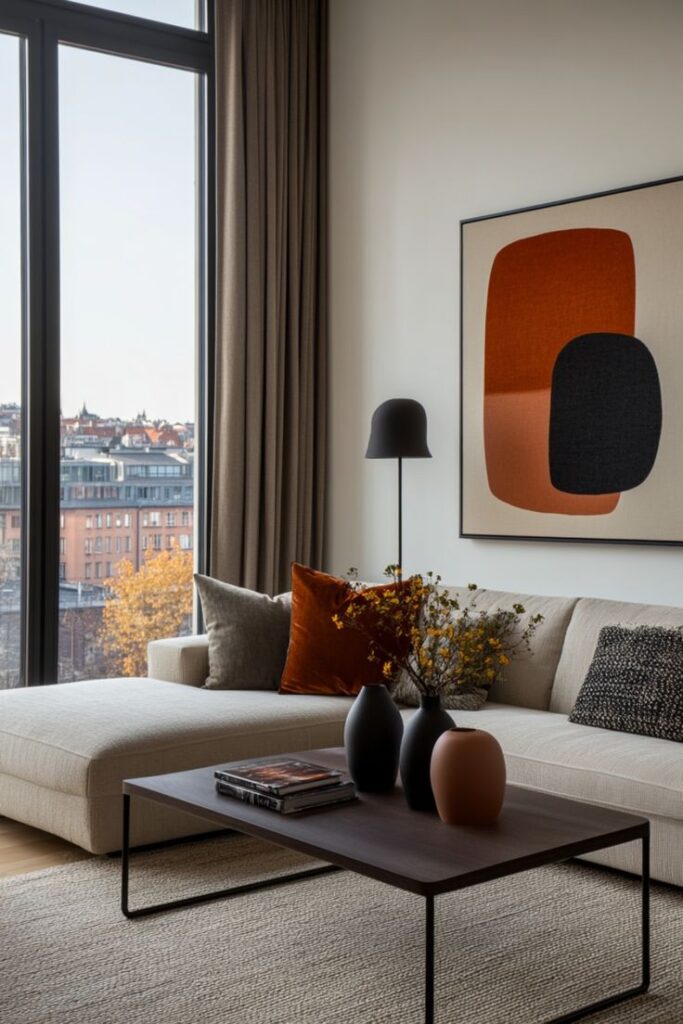
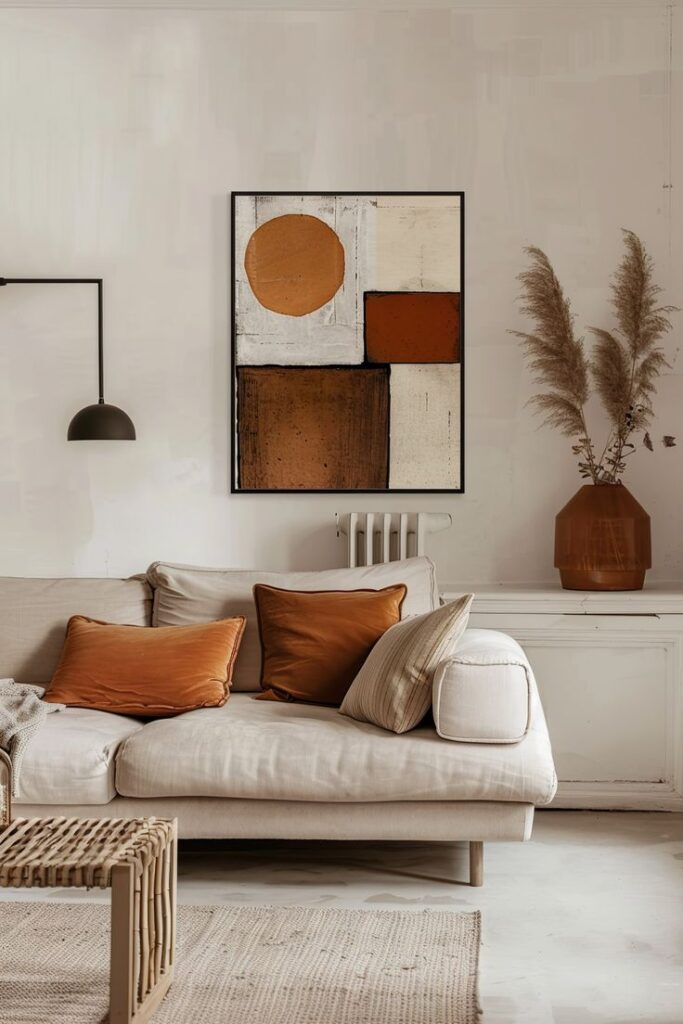
Contrast adds interest and depth to a living room. Pair light and dark Pantone colors to define areas and draw the eye. For example, dark furniture can stand out against light walls painted with soft Pantone shades.
Texture also plays a role. Use materials like wood, metal, or fabric to break up color blocks. Combining matte and glossy finishes can give the room dimension. Contrast can be subtle but should always guide how people move and focus within the space.
Lighting Considerations
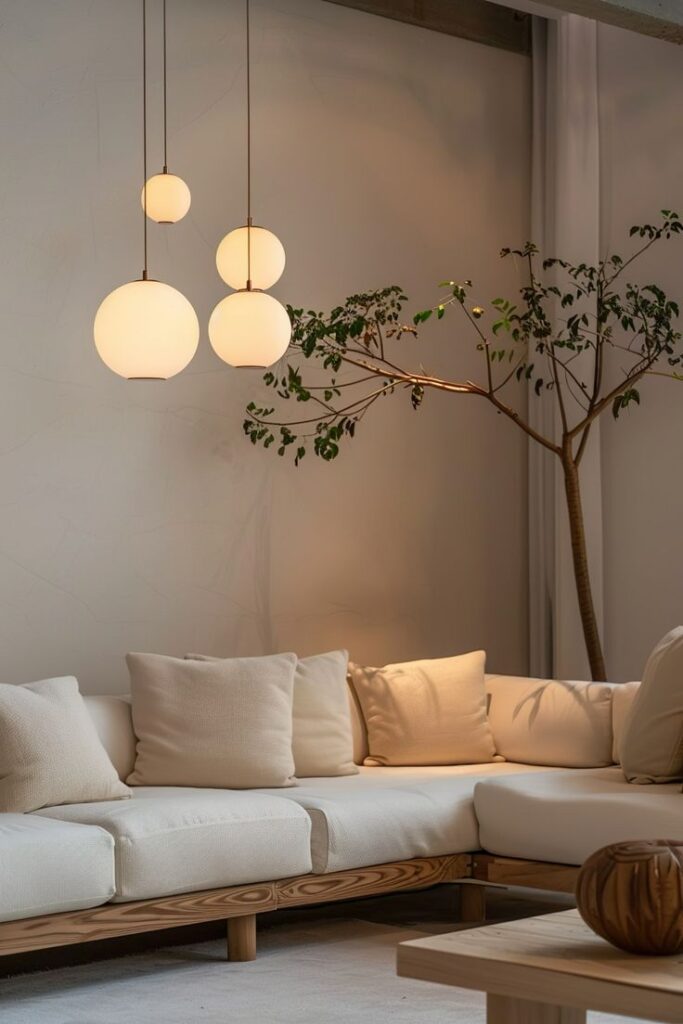
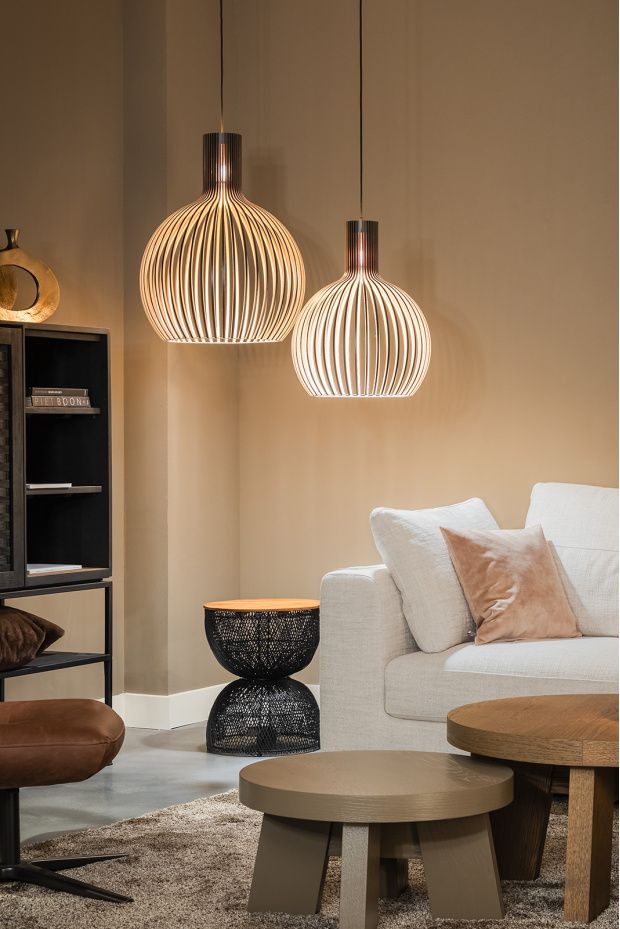
Lighting affects how Pantone colors appear. Natural light shows colors most accurately, so place furniture strategically near windows. In rooms with less daylight, warm light bulbs help Pantone colors feel cozy.
Avoid harsh white lights, which can wash out color tones or create shadows. Use multiple light sources like floor lamps, ceiling lights, and table lamps to evenly light different parts of the room. Adjustable lighting lets occupants change the mood based on time of day or activity.
Maintaining and Updating Pantone-Inspired Living Rooms
Living rooms with Pantone colors need regular attention to stay fresh and balanced. Small changes can make a big difference. It is important to know how to update colors and keep the space inviting.
Easy Ways to Refresh Your Palette
Changing cushions or curtains in complementary Pantone shades is a quick way to refresh the room. For example, swapping a cushion in “Living Coral” for one in “Classic Blue” adds new energy without a full redesign.
Painting an accent wall in a trending Pantone color can update the look. Adding small decor items like vases or lamps in muted or neutral tones keeps the main colors from clashing.
Replace rugs or throws seasonally with Pantone-inspired options. This keeps the palette dynamic and fits changes in weather or mood.
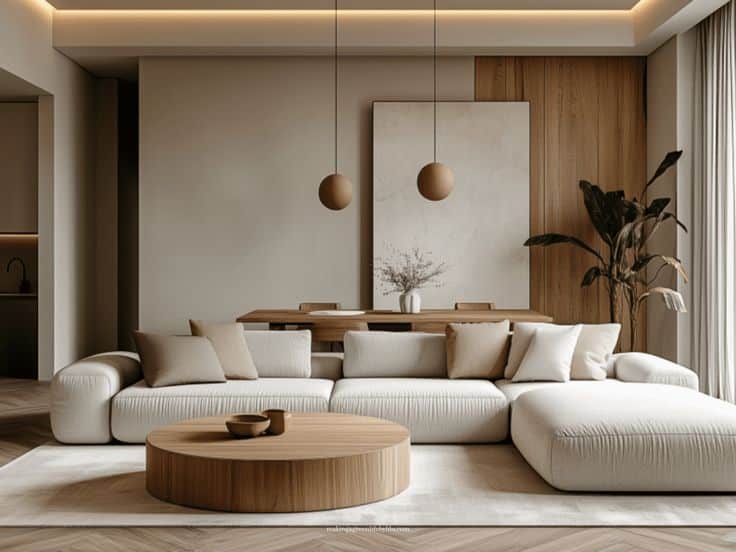
Adapting to Changing Trends
Pantone updates its colors each year, so adapting popular shades can keep the living room current. People should choose 1-2 core colors to stay consistent and introduce trendy tones carefully.
Neutral bases like “Ultimate Gray” allow easy switching of accent colors. This approach helps avoid repainting or big expenses.
Trying new Pantone shades in art pieces or plant pots is less permanent and allows easy updates. This strategy keeps the room modern while respecting the original palette.
Where to Find Authentic Pantone Paints and Materials
Pantone paints and materials for living rooms are available through specific retailers and official suppliers. It is important to know where to look to ensure the colors are true to the Pantone standards.
Sourcing Quality Pantone Paints
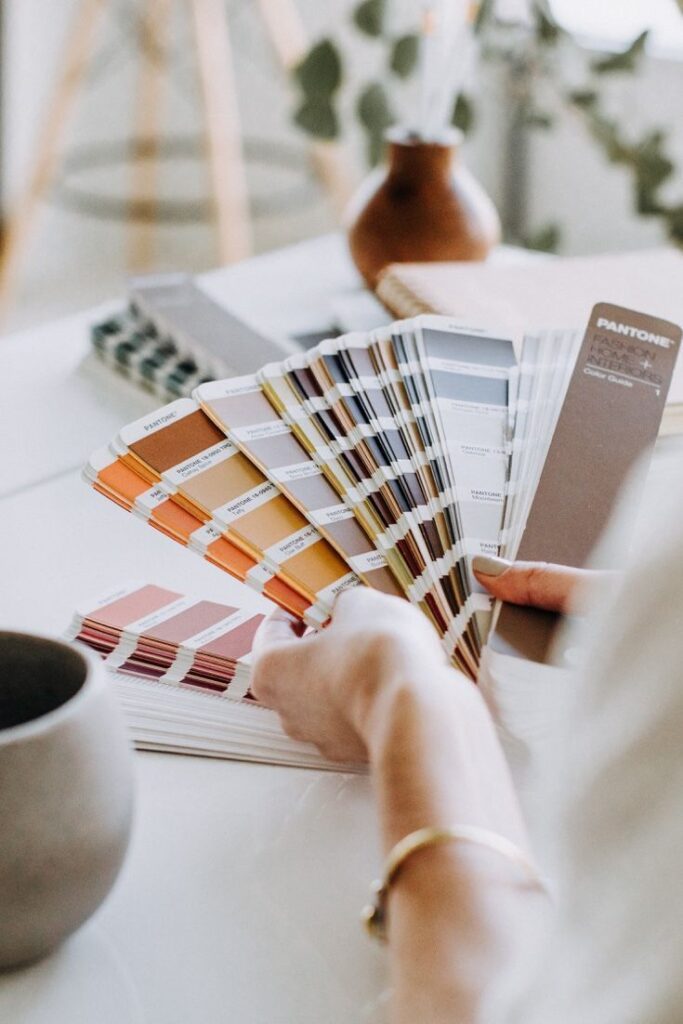

Authentic Pantone paints can be purchased from authorized distributors. These distributors carry paint brands licensed by Pantone, such as Pantone’s official paint collection made in partnership with paint companies.
Buyers should verify the seller’s credentials to avoid fake or inaccurate colors. Many retailers offer physical color swatches or online tools to preview Pantone shades before buying paint.
Local paint stores may carry Pantone colors but confirming they use official Pantone formulations is key. Digital Pantone chips should match the final paint on walls for best results.
Selecting Pantone Home Accessories
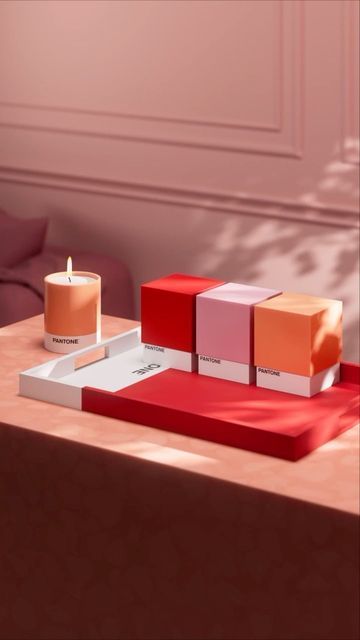
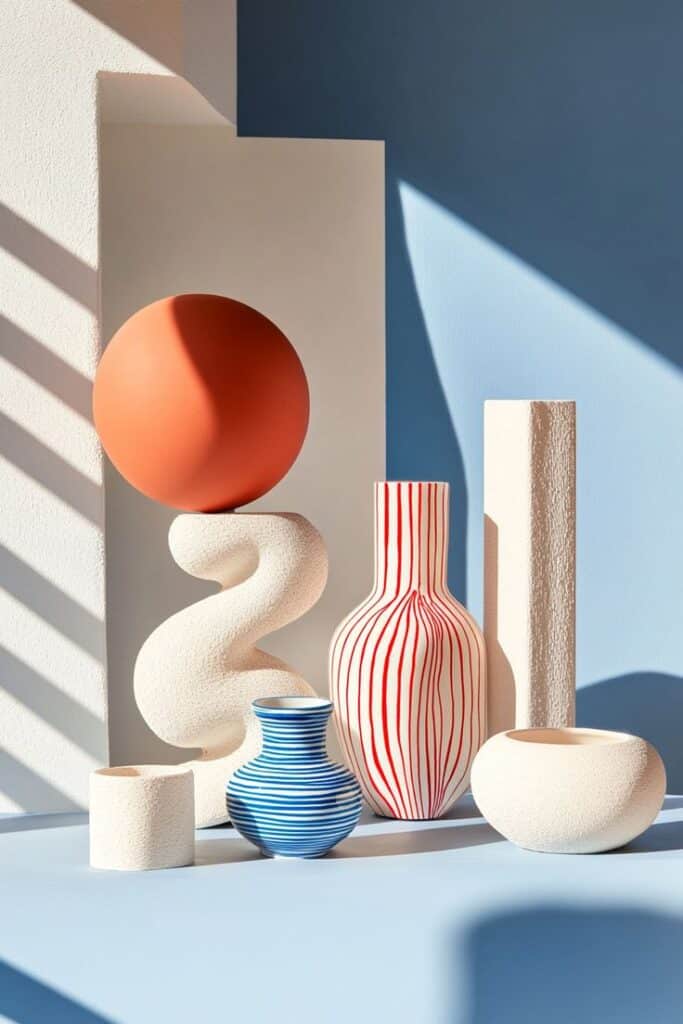
Home accessories like cushions, rugs, and lamps often come in Pantone colors through specialty decor brands. These brands work with Pantone to produce textiles and materials that match the exact color codes.
Shoppers can find Pantone-certified home items online or at stores focusing on designer home goods. Always check product descriptions or ask for color certification to ensure authenticity.
Custom order options are available from some suppliers, allowing clients to pick precise Pantone colors for furniture or decor fabrics. This approach helps achieve a cohesive look in living rooms.
- 1.1Kshares
- Facebook0
- Pinterest1.1K
- Twitter0

